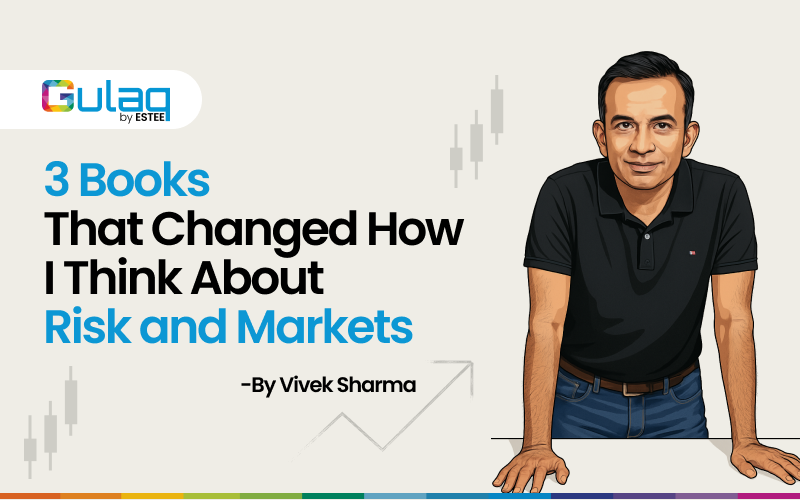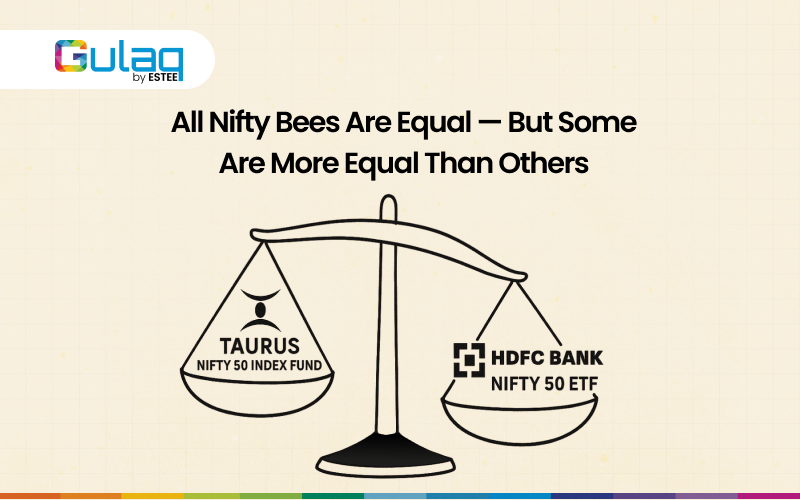
How Investors Lost Money in Peter Lynch’s Magellan Fund
The Magellan Fund, managed by Peter Lynch from 1977 to 1990, is legendary in the world of investing. Under Lynch’s rein, the fund delivered an average annual return of 29%, making it one of the most successful mutual funds of all time.
But here’s the paradox – despite this stellar performance, most investors in the fund actually lost money. How did this happen? Let’s find out!
The Stellar Run of Magellan Fund
Peter Lynch took the reins of the Magellan Fund in 1977 and transformed it into a powerhouse that outperformed nearly every other mutual fund of its time. Lynch’s investment philosophy was simple yet effective—he believed in “buying what you know” and sought out companies with strong growth potential.
According to Sam Sivarajan, a columnist at The Globe and Mail, by the time Lynch retired in 1990, the fund had grown from $20 million in assets to over $14 billion, boasting an impressive 29% average annual return.
However, despite the fund’s incredible success, not all investors benefited equally. In fact, many ended up losing money. The reason? Investors’ self-destructive behavior.
Many investors bought into the fund during its peak performance years, hoping to ride the wave of its success. However, when the fund inevitably experienced a downturn, these same investors panicked and sold their shares, locking in their losses. They bought high and sold low—contrary to the market maxim of “buy low, sell high.”
The Dangers of Performance Chasing
Performance chasing—jumping into an investment because it has recently done well—is a common mistake and is a costly one.
In 1980, the Magellan fund delivered an impressive 70% return. Many investors, lured by this stellar performance, jumped on the bandwagon. However, the very next year, the fund underperformed. Investors who abandoned the fund after seeing this underperformance would have missed out big—had they stayed invested for the next 10 years, they would have averaged more than a 25% return annually.
This issue isn’t unique to Magellan. Take, for example, Gulaq Gear 6, our quant-based smallcase portfolio. It delivered an impressive 12.6% return in January 2024 against the benchmark’s 1.9%—an outperformance of 10.7%. Seeing this outperformance, many investors rushed to invest in our portfolios, only to be disappointed by the next month’s return, where we underperformed the benchmark by around 6%. Investors who exited at that point to chase another fund that had performed well that month would have trapped themselves in a perpetual cycle of disappointment.
Lessons to be learned
The most important lesson from this story is that you can invest in the best funds but still not make money if you don’t have the right behavior. As Ben Graham rightly said, “The investor’s chief problem—and even his worst enemy—is likely to be himself.” By resisting the temptation to follow the herd and adopting a long-term perspective instead, you would be at a significant advantage over those who are constantly hoping for the next big thing.
Thank you for reading!
Related Posts
Process Matters More Than Outcome
I have spent nearly a decade of my life trading energy derivatives, and today I…
Is Market Cap the Best Way to Build an Index?
Nifty 50 is a free-float weighted index – a slight variation of market cap weighted…
3 Books That Changed How I Think About Risk and Markets
Over the past two decades, I’ve built a quiet but consistent habit — reading. Not…
All Nifty Bees Are Equal — But Some Are More Equal Than Others
The title, inspired by George Orwell’s classic Animal Farm, perfectly captures the essence of this…








